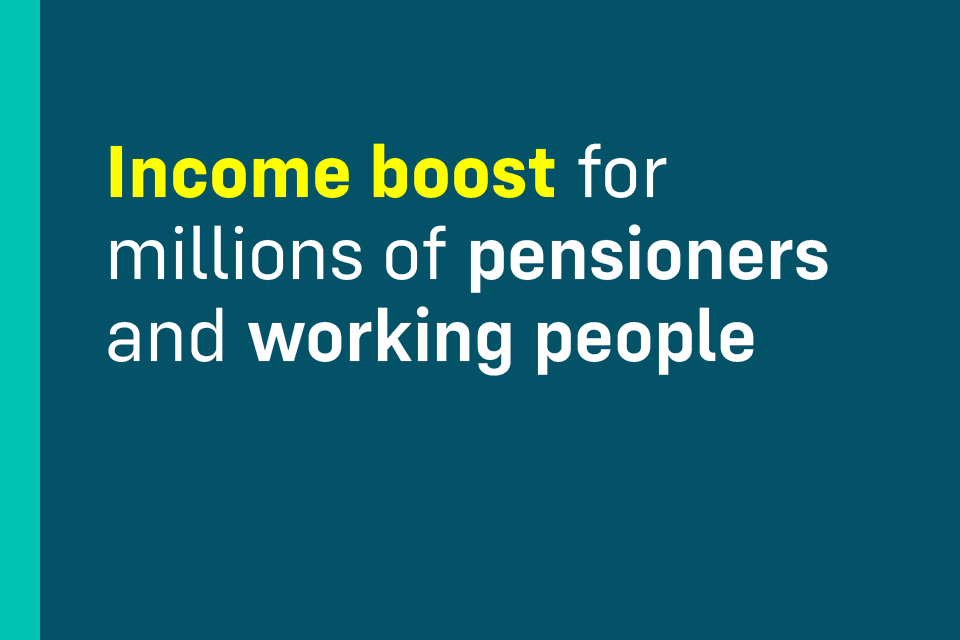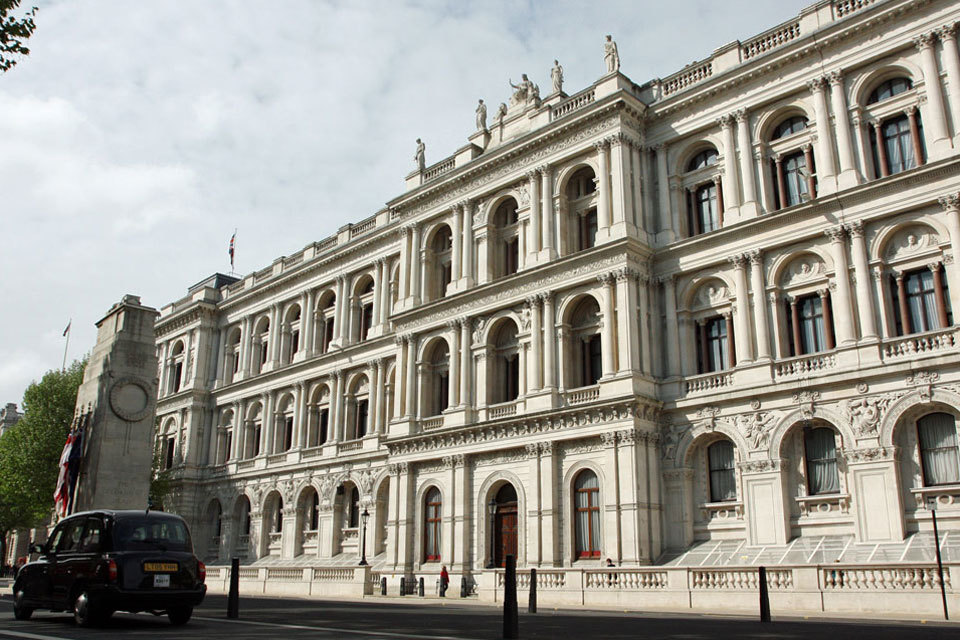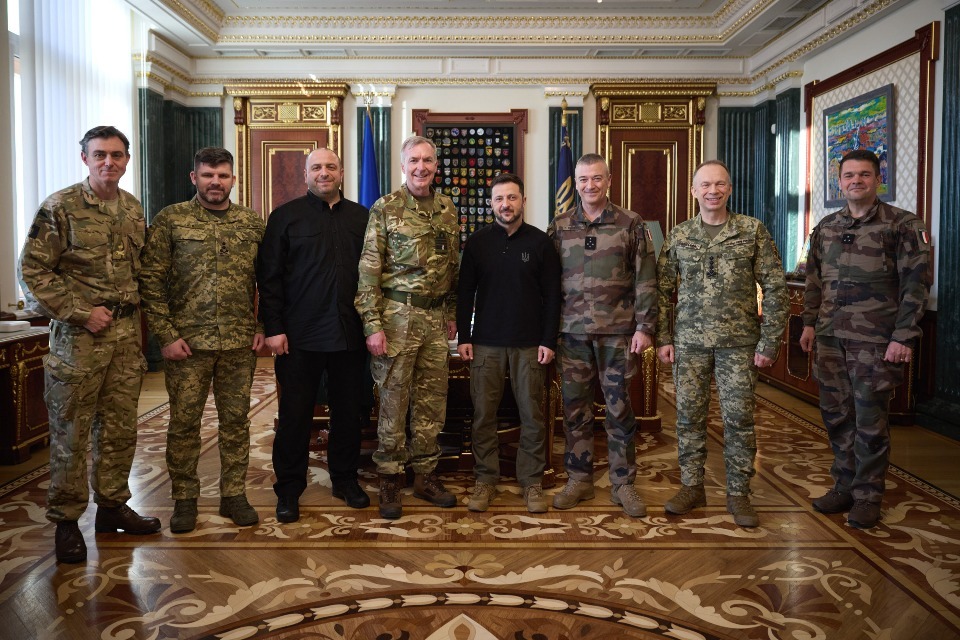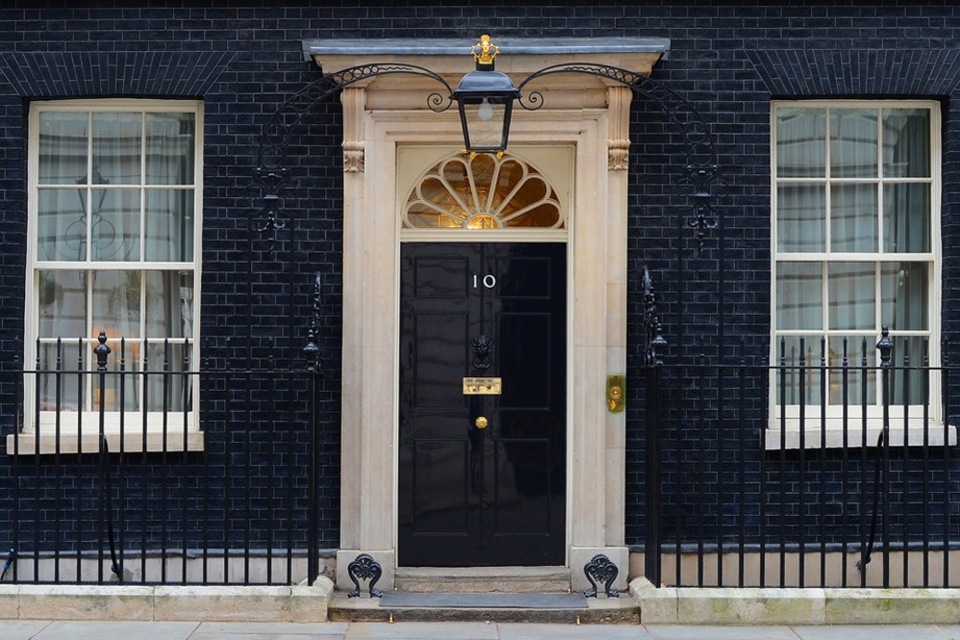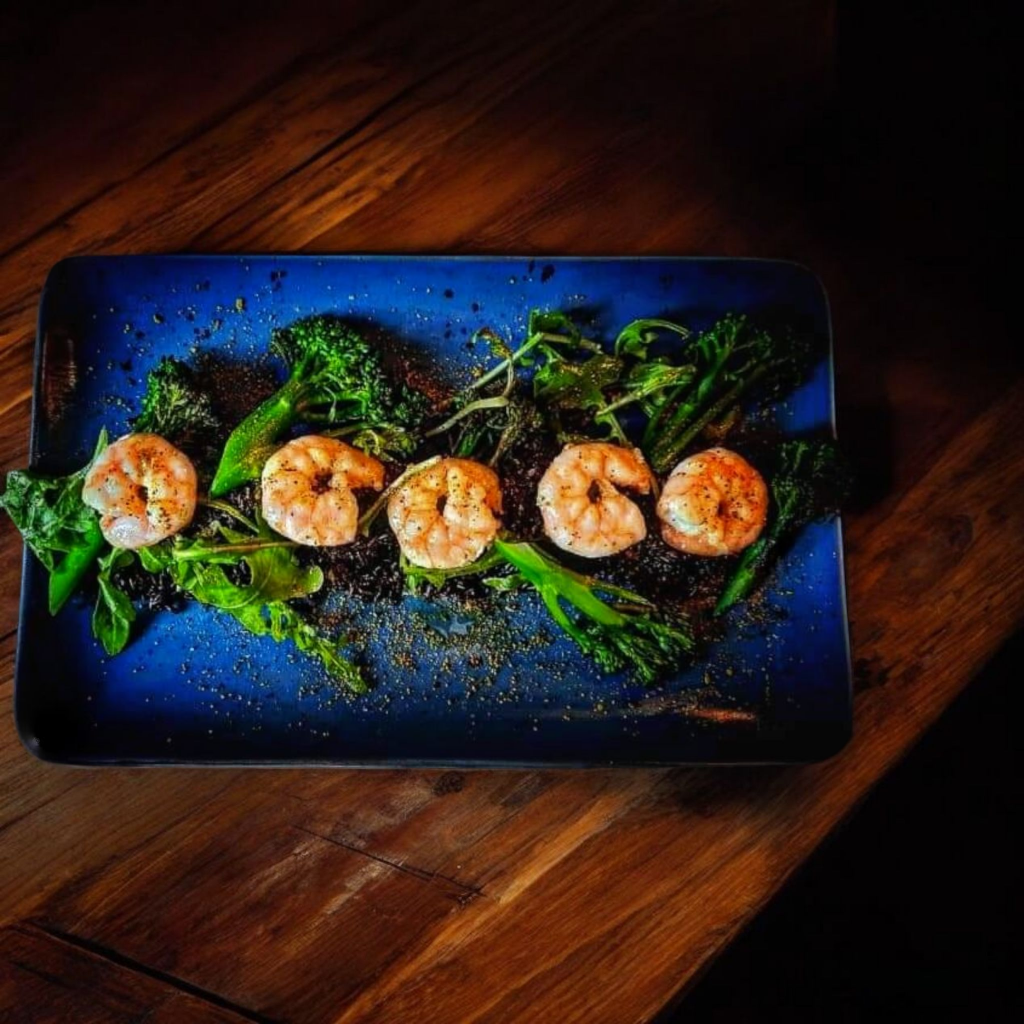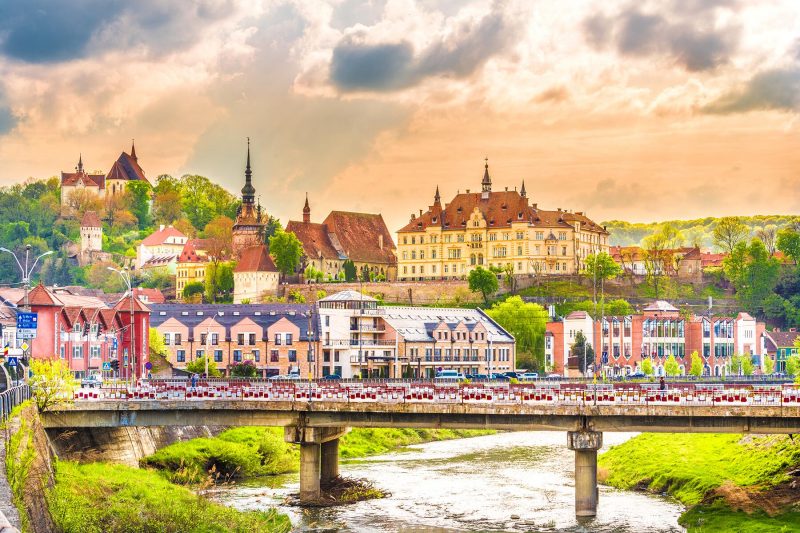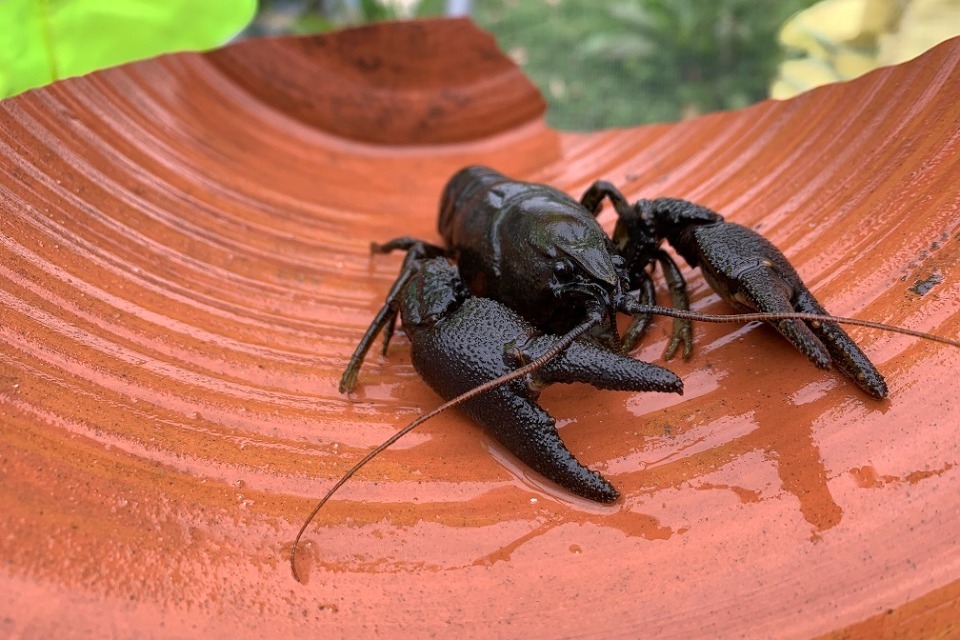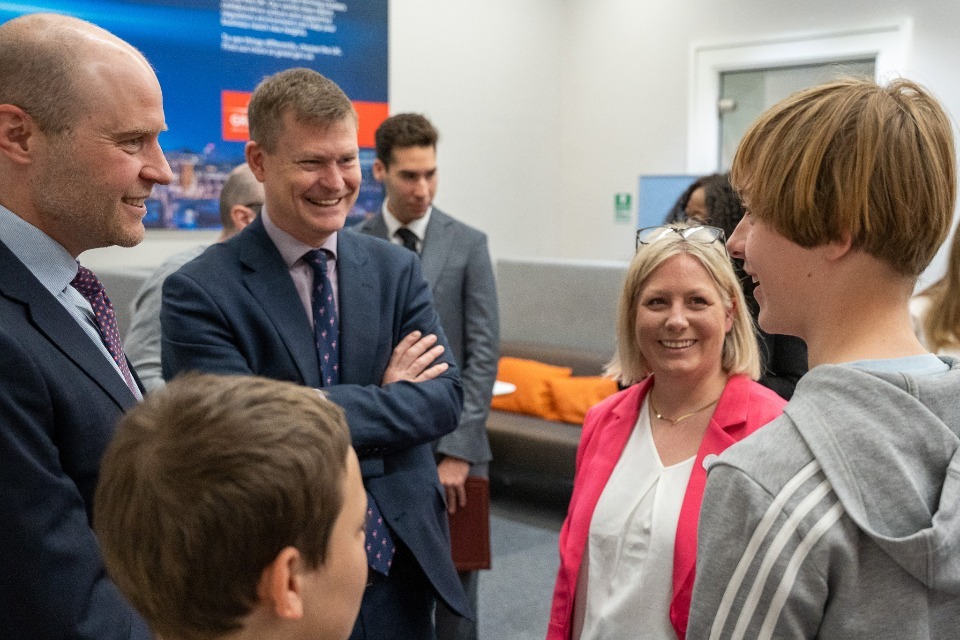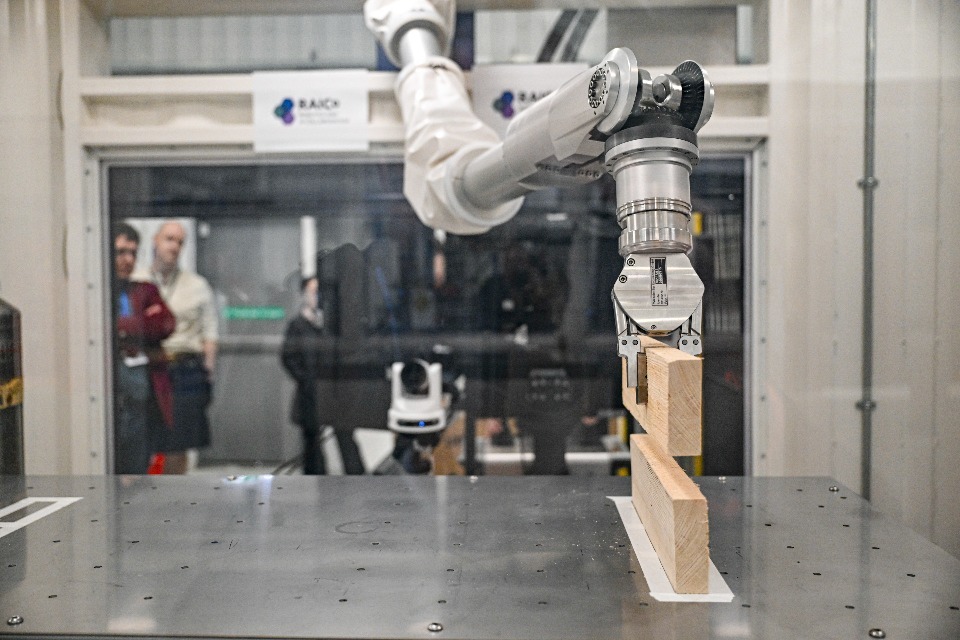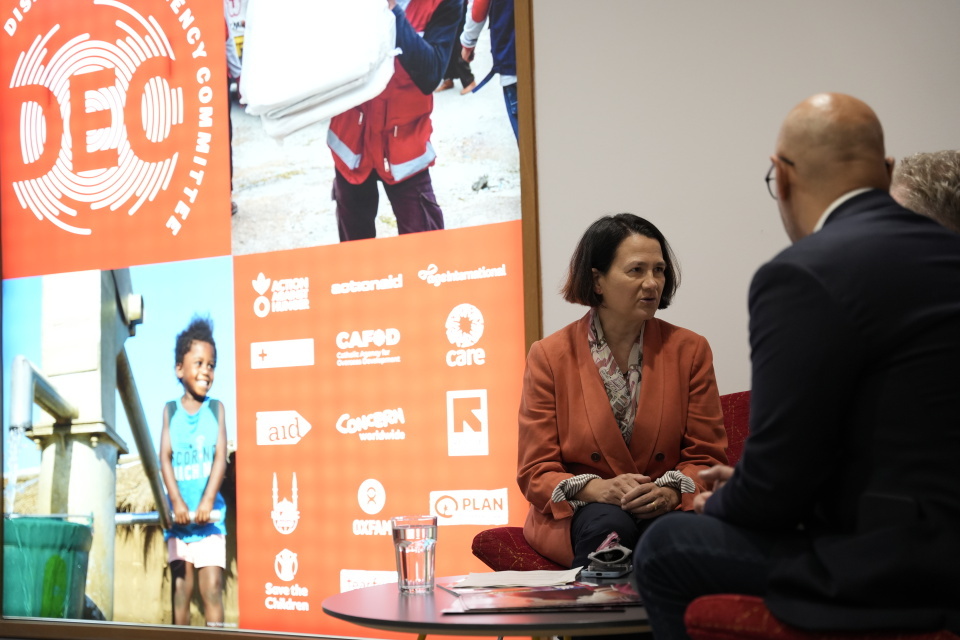What's On
Foreign Secretary, David Lammy, has released a statement following the…
Going Out
Thames Rockets has launched the £1.6m Rocket Rebel, the largest, fastest…
Reviews
Easter is about chocolate eggs, hot cross bottles and sweet…
Latest Articles
The best gifts you can buy for gamers” datanexthead/>nAs a consumer journalist, Pete has reviewed hundreds of products…
Martin Mayer’s shiny, new production, it turns out, is almost every bit as grand and conventional as was…
Heigh-H, Heigh-H, it’s Disney+ Snow -white will go; But the question is, how long does the audience wait?…
The Department for Transport (DfT) needed to understand data flows within cargo shipments so that it could identify…
The modern Indian restaurant group Krickket is set to open a spacious new location in Covent Garden later…
Celebrate Easter weekend on stage with unlimited brunch offerings and surprise with the Easter egg Gift This Easter,…
Crayfish plague, which is normally spread by invasive American signal crayfish, is deadly for the native species and…
For almost 100 years, Disney has produced countless animated classics that are still played in homes around the…
In Spotlight
New right to neonatal care leave and pay enters into…


